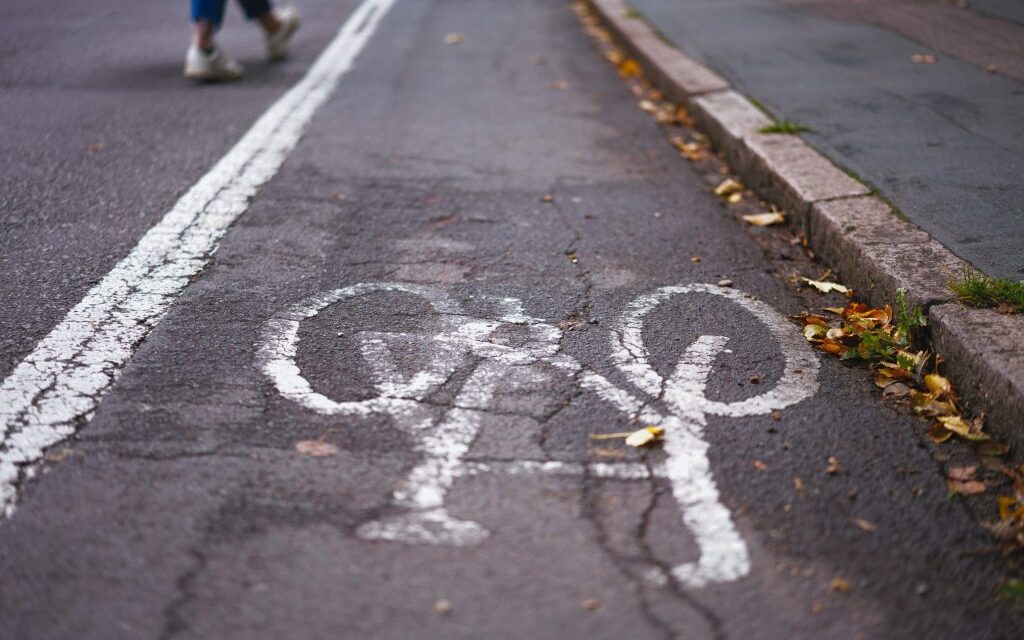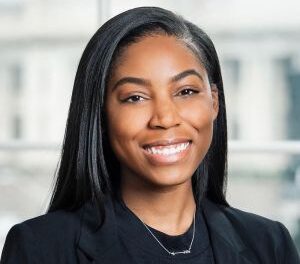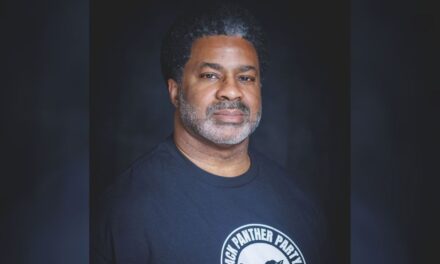By Tashi McQueen,
AFRO Political Writer,
tmcqueen@afro.com
More than 40 Baltimore residents, organized by members of the Friends of Gwynns Falls Leakin Park and the Eutaw Street Neighbors, gathered for a rally outside of City Hall on Aug. 21. They called for equity, transparency and a moratorium on the bike lanes in historic communities across the city.
“We want to stop the spread of the bike lanes. Specifically in Gwynns Falls Parkway where I live,” said former city council president Lawrence Bell III. “We’re concerned about our streets being torn up and the loss of parking. We’re concerned about the entire city.”
Baltimore has over 36 historic communities including Bolton Hill, Reservoir Hill and Madison Park.
“No one is against bike lanes, but whenever you want to tear up streets in a historic district so people can ride through the neighborhood — that is giving no consideration to the people who actually live there,” said Sarah Holley, 76, a Bolton Hill resident.
Out of more than 238,897 Baltimore households, 88 percent of owner occupied homes have at least one vehicle. About 56 percent of renter occupied homes have at least one car, according to the City of Baltimore Department of Planning.
As part of the city’s bike lane network initiative, “Complete Streets,” Baltimore City Department of Transportation (BCDOT) plans to break ground on a Eutaw Place Bikeway sometime after the designs are finalized, which is set for the end of this year. The bikeway aims to connect pedestrians and bikers on either side of Druid Hill Park and Downtown Baltimore.
Complete Streets is designed to prioritize bicyclists, pedestrians and transit riders in the future of Baltimore’s roadway design to increase mobility in the city, according to BCDOT’s website.

According to the Complete Streets manual, of which all design professionals, private developers and stakeholders must adhere to, equity is a key part of the plan. The design process, projects planned and project execution must be done in an equitable manner.
Holley is also concerned about whether she will be able to get in and out of her vehicle after the bike lane modifications are made to the small streets within her neighborhood.
“My truck alone is almost seven feet wide. When I open the door, it’s about nine feet wide. There is no space for me to actually get in and out of my truck and feel safe with traffic coming by,” said Holley. “You’re going to take away about five and 10 feet of curb lanes to make some bike lanes.”
Nia Reed-Jones, co- founder of Black People Ride Bikes, believes in the Complete Streets initiative but also wishes there was more transparency and equity.
“With community meetings, you’re only getting a small fraction of the whole neighborhood,” said Reed-Jones. “It’s a matter of using grassroots options like knocking on doors– going to overall community events that people normally attend–going to local restaurants.”
Reed-Jones believes that safe transportation options all throughout the city should also ensure equity.
“We have nice bike lanes that are closer to John Hopkins, but not on the west side,” said Reed-Jones. “There’s a lot of people that prefer to bike into the city but they have a challenge because they have to take streets that typically aren’t safe.”
Reed-Jones believes that residents should have a say at every level of the process, which she believes was done well in similar projects, such as the Wolfe and Washington Bikeway Study and the Lake 2 Lake Project.
The Department of Transportation sought public input on the initiative through public workshops, social media, community meetings and focus groups, according to the BCDOT website. In response to Corey Lamar Falcon’s concerns about the roadway alterations catering to a certain demographic, BCDOT, via Facebook, said the bike lanes are not just for bicycles, but residents in mobility chairs, scooters, joggers, buses and emergency vehicles.
A portion of the 2018 Complete Streets ordinance, says that the “Transportation System must be designed and operated in ways that ensure the safety, security, comfort, access, and convenience of all users of the streets. This includes pedestrians, bicyclists, public transit users, emergency responders, transporters of commercial goods, motor vehicles, and freight providers.”
The AFRO made several attempts to reach the Baltimore City Department of Transportation but did not get a timely response.
The post Residents of historic neighborhoods call for equity in transportation planning and a moratorium on bike lanes appeared first on AFRO American Newspapers .










